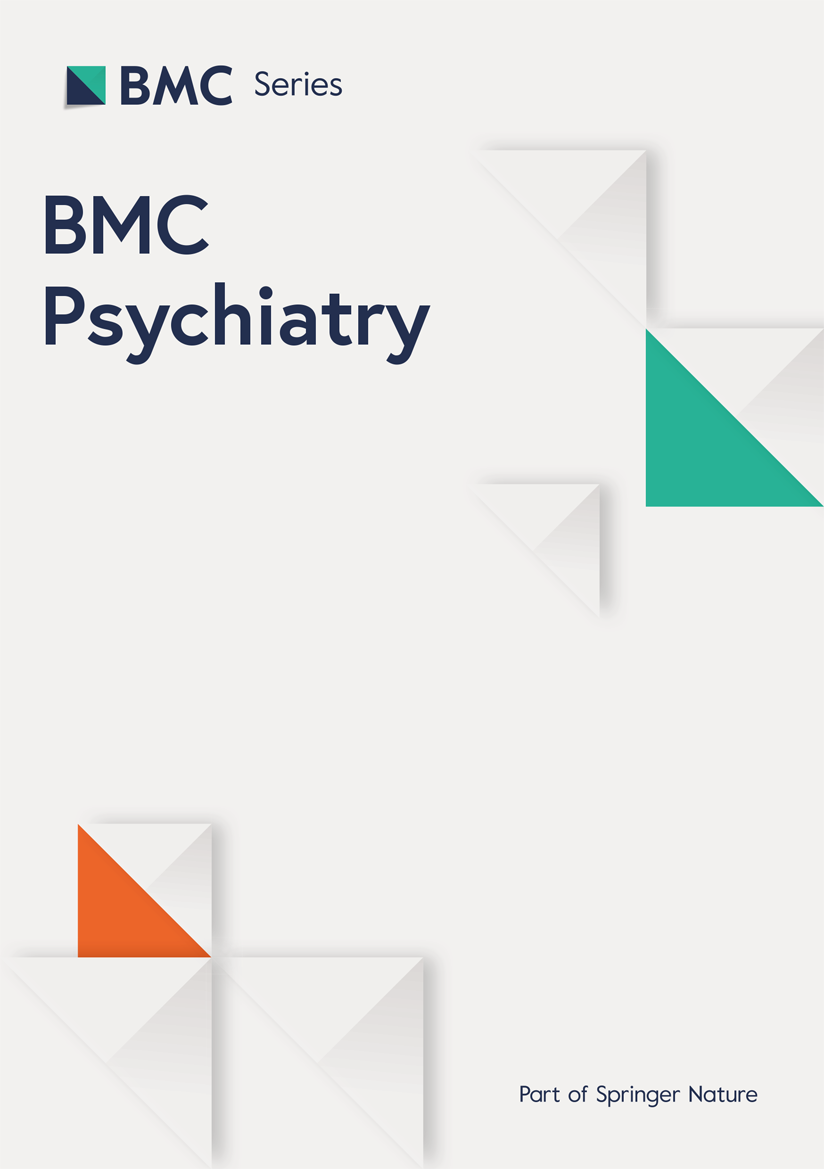Outcome variable
To assess the burden of dementia, RUDAS which is a widely used screening test for dementia was used. The RUDAS is an easy-to-use instrument with six (6) components that examine memory, body orientation, visuospatial praxis, motor praxis, judgment, and language [10]. The maximum score is 30, with a recommended cut-off score of 23. In other words, “any score of 22 or less should be considered as possible cognitive impairment and referred on for further investigation by the relevant physician”. Higher score indicated superior performance, whereas lower scores indicated poorer cognitive ability or dementia risk. Though not yet validated in Ghana, the RUDAS is a culturally neutral tool that has been used worldwide in Asia, Europe, and Africa [11]. Hence, its usage within the Ghanaian context was acceptable. The psychometric properties of RUDAS have remained moderate to strong over time and across many cultures [12, 13]. For this study, calculated Cronbach’s alpha estimating RUDAS’ reliability was an acceptable value of 0.71, according to conventional cut-offs [14].
Associated factors
The study analysed age, marital status, education, employment, financial situation, living status (household size), health insurance, and household wealth index as associated factors of dementia, which is consistent with established literature showing that these factors significantly predict dementia [15,16,17]. These variables were measured with a binary or multi-categorical response scale except for living status (household size) which was measured on a continuous scale asking participants to provide the number of people living in their households. Table 1 contains the list of all explanatory variables with their response options. The household wealth of participants was created using household characteristics, possessions, and assets (e.g., improved water, improved toilet, clean fuel, mobile device, television, fridge/freezer, radio, gas cooker, bicycle, sofa/sofa set, video recorder/DVD player). These assets were originally measured with a mixture of response scales including binary, categorical and continuous response scales. But for ease of creating the index using principal component analysis, all the response scales were recoded into a binary response [18]. Household wealth was categorized into poorest (0), second quintile (1), middle (2), fourth quintile (3), and richest (4).
Data collection procedure
Prior to the data collection, ten research assistants were recruited. These research assistants were registered nurses who had recently graduated, pending their placement. The research assistants participated in a two-day intensive training that sought to brief them about the purpose of the study, the procedures, and build their capacity to collect quality data. There was pre-testing of the questionnaire at the University Hospital, KNUST to ensure that it is accurate and clearly understood. Some modifications were made to the initial questionnaire. Once these modifications had been finalised, the research assistants set off to conduct the actual data collection. The data collection exercise lasted from April 18 until May 3, 2023. This was done at premises of the eight healthcare facilities. We targeted only general out-patient department (OPD) attendants, except for Chesire home which does not have an OPD and data collection had to be conducted at the visiting lounges of the facility. All participants were briefed about the study, the duration and their rights to participate or withdraw. Participants were only included if they had given an oral or written informed consent. All participants were evaluated using the standardized Rowland Universal Dementia Assessment Scale (RUDAS) instrument. On average, it took about 10 min for an assessor to administer the test to a participant.
Statistical analyses
Statistical analyses were performed in Stata version 14 (StataCorp, College Station, TX, USA). Prior to the analysis, data cleaning which involved establishing an analytical sample and recoding variables was completed. The purpose of this step was to ensure that the variables of interest were categorized accordingly for the purposes of logistic regression. Descriptive statistics such as mean, standard deviation, frequencies, and percentages, univariate analyses were computed. Prevalence of dementia for the total sample, and male-female stratified sample with their associated confidence intervals were calculated. A series of logistic regression models were performed with dementia as outcome variable and nine explanatory variables. The measured independent variables used were age, gender, marital status, education, employment, financial situation, living status (household size), health insurance, and household wealth index, all of which have been consistently found in literature to be established factors predicting dementia or cognition in Ghana and beyond [15,16,17]. The logistic regression analysis was first run on the total sample and repeated on the male and female samples respectively. Adjusted odds ratios, confidence intervals, and p-values were reported for the total sample model, male and female sample models (see Table 3). Missing data was not a major concern affecting the analysis given that all the variables except for wealth status (with 0.001 missing) had zero missing response. Therefore, the default missing data approach, excluding cases listwise which retained cases with only full data was used, hence data of only 799 cases was used in the final analysis.
Ethical considerations
The Ghana Health Service Ethics Review Committee (GHS-ERC) [ID Number: GHS-ERC: 005/02/23] and the School Research Ethics and Integrity Committee (SREIC), University of Huddersfield, United Kingdom (SREIC Reference: SREIC_ExtApp_2023_001) approved the conduct of this study. Also, permissions were obtained from Kumasi, Ejisu, and Juaben Metropolitan/Municipal Health Directorates where the sampled healthcare facilities were situated. Furthermore, we obtained permission from all the healthcare facilities where the study participants were recruited.
Potential participants were approached before the survey for their informed consents, after they were given a thorough description of the aim, benefits, and risks of the study. It was made clear that participation in the study was entirely voluntary and that participants had the right to decline to take part or withdraw at any time during the data collection. Also, they could ask to withdraw their data only up to 2 weeks after the data collection.

